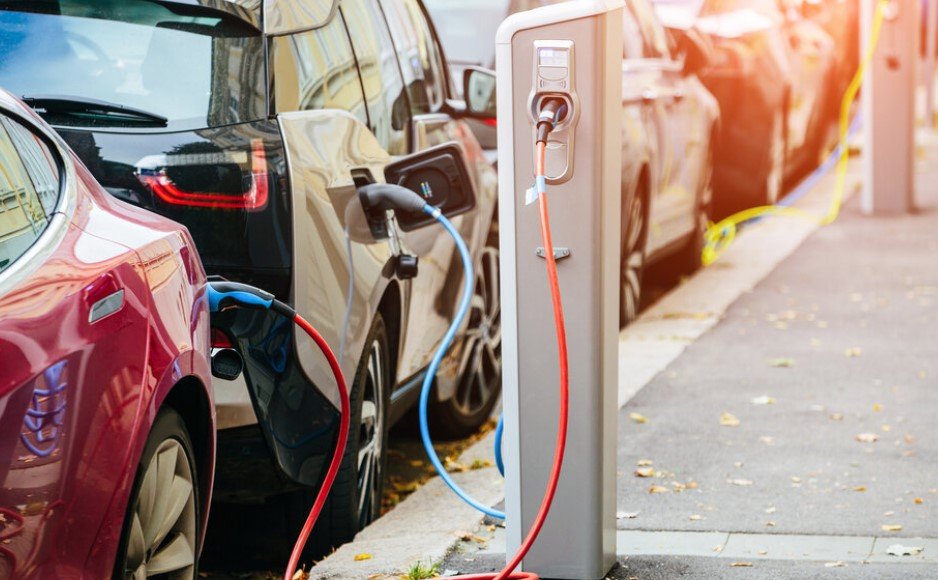Electric vehicles are becoming more and more popular every day. With the increasing demand for eco-friendly vehicles, people are shifting towards electric cars, bikes, and scooters. But the biggest concern for electric vehicle owners is the availability and accessibility of charging infrastructure. This is where the importance of understanding electric vehicle charging infrastructure comes into play.
An electric vehicle course can provide you with all the knowledge you need to understand the basics of electric vehicle charging infrastructure. In this blog, we will take a look at the different types of charging infrastructure and the factors that affect their efficiency.
Types of Charging Infrastructure
There are two types of charging infrastructure: Level 1 charging and Level 2 charging.
Level 1 Charging
Level 1 charging refers to the basic charging that is done using a 120-volt electrical outlet. This type of charging is slow and takes several hours to charge an electric vehicle. This type of charging is best suited for emergency charging or overnight charging when the vehicle is not in use.
Level 2 Charging
Level 2 charging refers to the faster charging that is done using a 240-volt electrical outlet. This type of charging is four times faster than Level 1 charging and can take anywhere from one to six hours to charge an electric vehicle. Level 2 charging is the most common type of charging and is best suited for home and workplace charging.
Factors Affecting Charging Infrastructure Efficiency
1. Power Output
The power output of a charging station is the most important factor that affects its efficiency. The power output determines the time it takes to charge an electric vehicle. The higher the power output, the faster the charging time.
2. Location
The location of a charging station is another important factor that affects its efficiency. Charging stations should be located in convenient and accessible locations to make charging easier and more convenient for electric vehicle owners.
3. Compatibility
The compatibility of a charging station with different types of electric vehicles is another important factor that affects its efficiency. Charging stations should be compatible with different types of electric vehicles to make charging easier and more convenient for electric vehicle owners.
4. Network Connectivity
The network connectivity of a charging station is another important factor that affects its efficiency. Charging stations should be connected to a network that provides real-time information on the availability of charging stations and the status of the charging process.
Read also: How can small business owners save money on taxes?
Conclusion
Electric vehicle charging infrastructure is a crucial aspect of electric vehicle ownership. Understanding the different types of charging infrastructure and the factors that affect their efficiency is important for electric vehicle owners. An electric vehicle course can provide you with all the knowledge you need to understand electric vehicle charging infrastructure and make informed decisions about charging your electric vehicle.
In conclusion, electric vehicle charging infrastructure is a complex and ever-evolving field. Understanding the different types of charging infrastructure and the factors that affect their efficiency is important for electric vehicle owners. By taking an electric vehicle course, you can gain the knowledge you need to make informed decisions about charging your electric vehicle.

